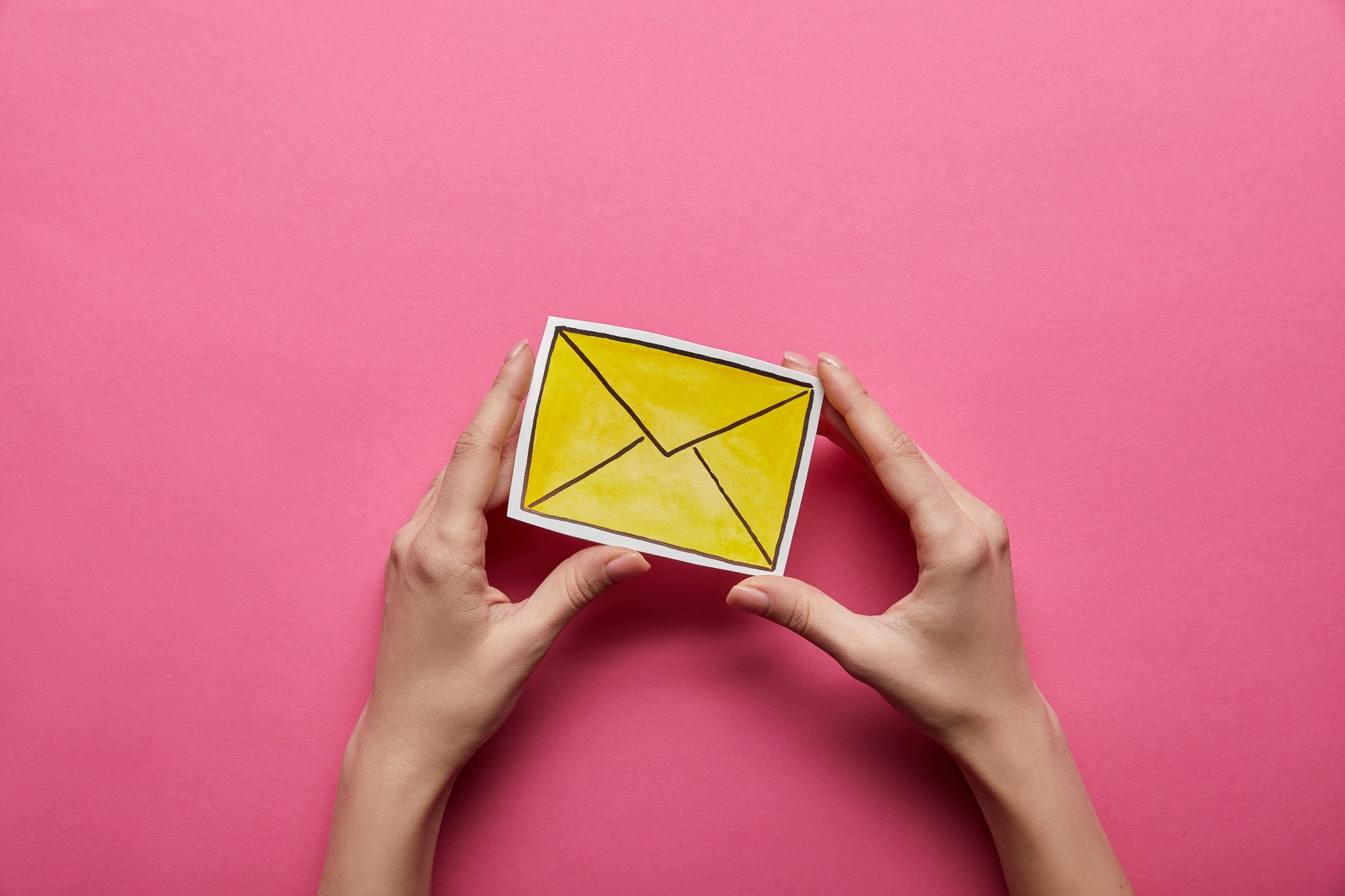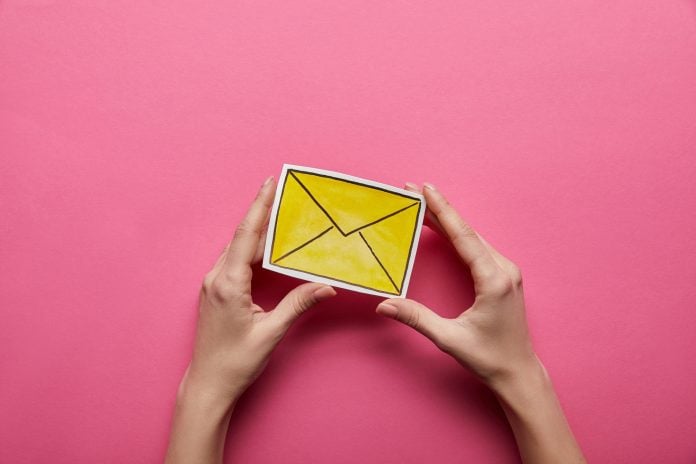Key Takeaways

- Establish Connection: The right email greeting is crucial for creating a positive first impression and fostering a strong connection with your audience.
- Balance Professionalism and Warmth: Strive for a greeting that combines professionalism with warmth to make recipients feel valued and improve engagement.
- Personalization Matters: Incorporating the recipient’s name and tailoring greetings to the context demonstrates care and enhances trust in business communications.
- Adapt to Context: Choose greetings based on the situation—formal for professional settings and informal for casual interactions—to ensure appropriate tone and respect.
- Effective Greetings Enhance Brand Image: Prioritize crafting effective greetings to elevate your brand’s communication efficiency and improve overall relationships with clients and partners.
- Tailor for the Audience: Understand your audience’s preferences and adjust greetings accordingly, which is essential for building rapport and loyalty, especially in small businesses.
Crafting the perfect email greeting sets the tone for your entire message. Whether you’re reaching out to a colleague, a client, or a friend, the right salutation can make all the difference in how your email is received. You want to strike the right balance between professionalism and warmth, ensuring your reader feels valued from the very first line.
Importance Of Email Greetings

Email greetings play a vital role in establishing a strong connection with your audience. A well-crafted greeting can set a positive tone for the entire communication, making recipients feel welcomed and valued. This is particularly crucial for small businesses, where fostering relationships can lead to long-term loyalty.
Find balance between professionalism and warmth in your email salutations. Professionalism assures your recipients that you value their time and business. Warmth, on the other hand, humanizes your brand and encourages open communication. This combination helps you stand out in a crowded inbox, improving the chances of a favorable response.
Consider incorporating personalized elements into your email greetings. Using the recipient’s name, for example, enhances the personal touch. Tailoring your greeting to match the context of the message reinforces your intent and shows that you genuinely care about the recipient’s needs. This approach builds trust, essential for running a small business effectively.
Prioritize effective email greetings to enhance your brand image and communication efficiency. A simple “Hello” or “Hi” may work in casual settings, but more formal greetings like “Dear” or “Good Morning” lend respect and professionalism. Adapting your greeting to fit the situation ensures your email resonates with its audience, thereby enhancing your overall engagement.
Types Of Email Greetings
Email greetings vary based on context and relationships. Understanding these types can enhance communication, especially in a small business setting.
Formal Greetings
Formal greetings convey professionalism and respect in your communications. They work well in business settings or when addressing clients and partners. For example:
- Dear [Name], – A classic formal greeting that sets a respectful tone.
Dear Ms. Adams,
I'm reaching out to discuss your recent inquiry about our services.
Best regards,
[Your Name]
- Good morning/afternoon/evening [Name], – Personalizes your message by acknowledging the time of day.
Good afternoon, Mr. Lee,
I appreciate your time and would like to update you on project timelines.
Thank you,
[Your Name]
- Greetings [Name], – Suitable for initiating new business relationships when the recipient’s name is known.
Greetings Ms. Williams,
It's a pleasure to connect with you.
Sincerely,
[Your Name]
Informal Greetings
Informal greetings create a friendly and approachable tone. They’re effective when communicating with colleagues or familiar clients. Consider these options:
- Hi [Name], – A casual yet respectful greeting for quick communication.
Hi John,
Hope you're doing well! I wanted to share some updates on our team progress.
Cheers,
[Your Name]
- Hey [Name], – An even more relaxed greeting, ideal for familiar relationships.
Hey Sarah,
Just checking in on your thoughts regarding last week’s meeting.
Talk soon,
[Your Name]
- Hello [Name], – A versatile greeting suitable for various contexts, maintaining a friendly tone.
Hello Mark,
I'm excited to discuss the new project ideas we've been brainstorming.
Best,
[Your Name]
Using the right greeting fosters positive connections and enhances communication. Personalization is key for small businesses, as it builds rapport and encourages loyalty among clients.
Situational Email Greeting Examples
Choosing the right email greeting can greatly impact your communication, especially when running a small business. Here are some examples that fit professional and casual settings.
Professional Settings
- Dear [Name],: This formal greeting works for various professional situations. Use it in emails to clients or partners when you want to convey respect.
- Good morning/afternoon/evening, [Name],: Acknowledging the time of day personalizes your message. This greeting suits routine work communications and helps establish cordiality.
- To Whom It May Concern,: Use this when addressing a department or if you don’t know the recipient’s name. It maintains professionalism while appropriately addressing your audience.
- Dear Sir or Madam,: This is suitable for formal correspondence when you lack specific details about the recipient. It preserves a respectful tone in business communications.
- To the Hiring Manager,: Ideal for job applications or communications directed to HR. This greeting demonstrates that you understand the professional context.
Casual Settings
- Hi [Name],: A friendly and approachable way to greet colleagues or familiar clients. Use this greeting when you want to create a laid-back yet respectful atmosphere.
- Hey [Name],: This informal greeting works well with colleagues you know well. It adds a personal touch and can enhance rapport among your team.
- Hello [Name],: A versatile and friendly option suitable for less formal communications. It balances professionalism and friendliness, making it ideal for team interactions.
Using the correct greeting enhances your email’s tone and fosters better connections, especially for small businesses looking to build strong relationships with clients and partners.
Tips For Crafting The Perfect Email Greeting
Crafting the perfect email greeting is essential for small businesses aiming to establish a strong connection with clients. Use these tips to enhance your greetings and foster positive relationships.
- Understand Your Audience: Recognize the recipient’s preferences and background. Tailor your greeting based on their culture, role, and your relationship. This personalization builds rapport, crucial for running a small business.
- Choose the Right Level of Formality: Match your greeting to the context of the email. If it’s a formal communication, use greetings like “Dear [Name]”. For casual interactions, opt for “Hi [Name]” or “Hey [Name]”. The correct tone maintains professionalism while appearing approachable.
- Incorporate the Recipient’s Name: Always use the recipient’s name when possible. This small touch personalizes your greeting and signifies respect, engaging the reader effectively.
- Consider the Time of Day: If you’re sending emails during specific times, use greetings like “Good morning,” “Good afternoon,” or “Good evening,” followed by the recipient’s name. This approach adds warmth and attentiveness to your communication.
- Utilize Appropriate Greetings for Unknown Recipients: In situations where you don’t know a name, use “To Whom It May Concern” or “Dear Sir or Madam”. Such formalities maintain professionalism while addressing the recipient adequately.
- Be Concise and Clear: Keep greetings brief and relevant. Clear greetings ensure that the focus remains on the core message of your email, which is important for effective communication in your small business.
Implement these strategies in your email etiquette to enhance your professional relationships and improve communication with your audience.
Conclusion
Mastering email greetings can significantly impact your communication effectiveness. By choosing the right salutation you not only set the tone but also show respect and consideration for your recipient. Personalizing your greetings fosters a sense of connection which is essential for building lasting relationships.
Whether you’re in a formal business setting or a casual conversation with a colleague tailoring your approach is key. With the right balance of professionalism and warmth you can enhance your brand image and encourage loyalty from your audience. Keep these strategies in mind and watch your email interactions transform into meaningful connections.
Frequently Asked Questions
Why are email greetings important?
Email greetings set the tone for the entire message, creating a positive first impression. They help establish a connection with the recipient, ensuring they feel valued from the start. This is especially crucial for small businesses aiming to build long-term relationships and foster client loyalty.
What types of email greetings should I use?
Email greetings can be categorized as formal or informal. Use formal greetings, like “Dear [Name]” or “Good morning [Name],” for business settings and clients. Informal greetings, such as “Hi [Name]” or “Hey [Name],” are suitable for colleagues or familiar clients, creating a friendly tone.
How can I personalize my email greetings?
To personalize email greetings, include the recipient’s name and consider their preferences and background. A tailored greeting shows attention to detail and helps build trust, making the recipient feel more connected to your message.
What are tips for effective email greetings?
Choose the appropriate level of formality based on the context, use the recipient’s name for personalization, and consider the time of day when crafting your greeting. Keep your language concise and clear to maintain focus on the email’s core message.
Can the wrong greeting affect communication?
Yes, using an inappropriate greeting can lead to misunderstandings or create a negative impression. The right greeting fosters positive connections and enhances communication efficiency, helping to convey professionalism and respect while improving your brand image.
Image Via Envato: LightFieldStudios, DragonImages



